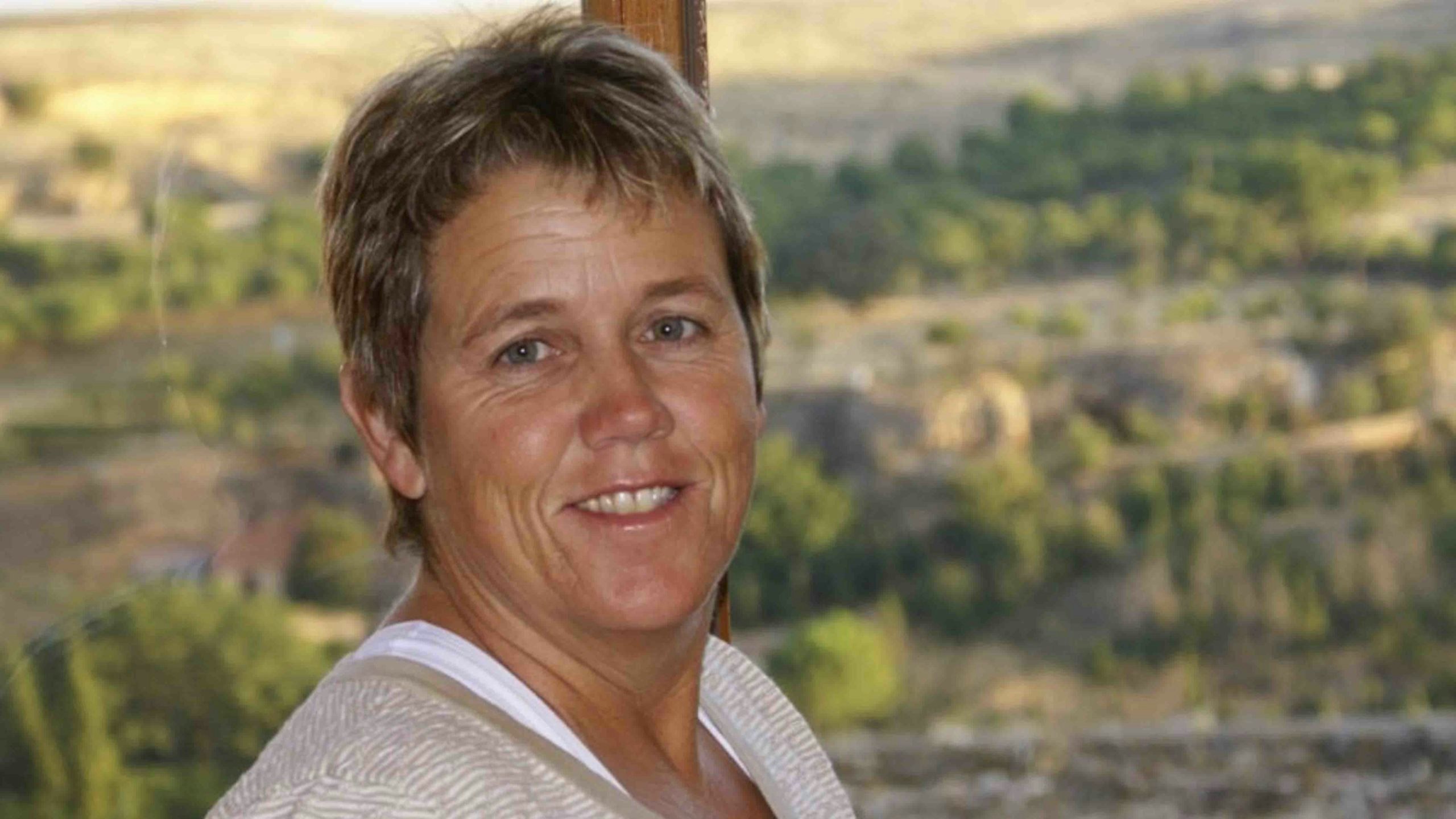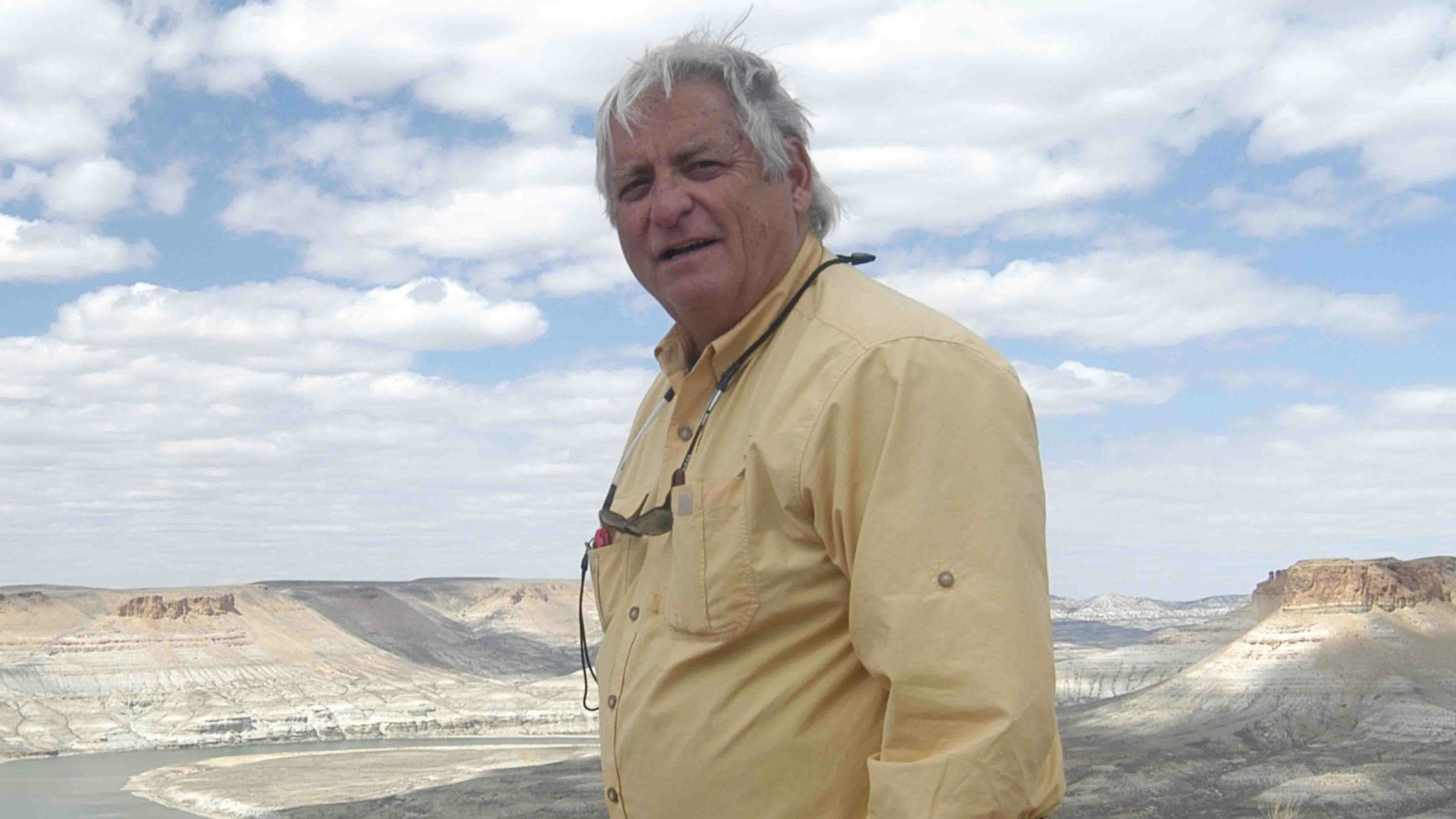As I drove home last weekend from the Farson workshop on the Rock Springs Resource Management Plan,the light was dimming but sparkling rays of sunlight showered the snow-covered peaks of the Wind River Mountains. My drive home involves 40 miles of county road across the Rock Springs District, to a parcel of private land nestled amid the sea of lands administered by the federal government.
At the meeting I had listened to neighbors in region talk about what these public lands mean to them, their priorities, and their concerns about how the area will be managed in the future. The talks had focused on access, on freedom, on rights-of-way, on abundant and rare natural resources, on all the various ways that each uses and enjoys these lands, and on how the Bureau of Land Management’s decisions on how the land will be managed stands to impact the financial stability of our families and our communities.
Earlier in the day, I had read a report assessing Wyoming’s economic position in the context of an evolving economy and Wyoming’s potential for growth. What struck me was the report’s consideration of why Wyoming’s population is persistently small and rural.
The report suggests “the natural environment has been an especially important constraint on the state’s population growth going back to its foundations.” When assessing how suited an area is to support a human population, the metrics include distance to coasts, elevation, ruggedness, agricultural potential and growing periods, presence of navigable rivers, temperature, and precipitation.
Not surprisingly, Wyoming ranks relatively low for human settlement, as the report summarized: “While there are notable localized variations, on the whole Wyoming is relatively mountainous, dry, cold, and windy, making it a challenging environment for human settlement, especially prior to modern household technologies.”
We already knew that, but this was the first time I’d seen the information set out so clearly. Those who are willing and able to endure this challenging environment discover that it offers a high quality of life, and that is why we remain. We don’t live here because of our jobs: we live here because of the land. Indeed, the ruggedness and remoteness is part of its charm.
The combination of these factors indicates that Wyoming has a limited human population carrying capacity, but an additional factor is restricted land availability since half the state is public lands administered by the federal government, and “federal land remains a relevant feature that has impacts on future population growth” according to the report.
At the meeting Saturday afternoon, one of my neighbors from the Farson-Eden valley pointed out that since Farson is surrounded by federal land, what happens on those lands will largely determine the future of this small community (population 210). He’s right – several of the alternatives in the RMP propose to prohibit future rights-of-way across huge swaths of public lands, including along major routes used to access Farson.
The federal government owns 70% of the land in Sweetwater County, while it’s 73% in Lincoln County, and 80% in Sublette County. Is it any wonder that residents in these counties are so alarmed, and passionate about the future of these lands? It’s a matter of survival for our communities.
“National and global decarbonization have already shrunk Wyoming’s chief source of tradable income and tax revenue and threaten to continue doing so,” the economic report stated. “The current growth trajectory poses serious risks of an untenable economic future.”
The economic report boosted the need for economic diversification to build resilience and suggested options such as monetizing carbon storage and increasing remote work opportunities. In addition, the state’s existing energy infrastructure makes it promising for emerging energy technologies and the extraction of minerals deemed critical to the economy and national security. Wyoming has reservoirs of 27 of these 50 mineral commodities. The nation may need these minerals, so foreclosing access to these resources before we know the feasibility for their extraction seems ill advised.
Many of Wyoming’s smaller communities have already experienced population declines and will struggle to enable new private growth opportunities while dealing with limited housing and maintaining infrastructure and services.
“Place-specific strategies and localized constraints will matter immensely,” the economic report said. “In many cases, public and private capabilities will be narrow given very low population, and strategies will need to link the comparative advantages across geographies.”
The economic report repeatedly refers to the importance of links and connections as an important factor in Wyoming’s growth potential. Small communities understand how these connections are vital to survival. We need the BLM to understand this is a critical factor when it comes to managing the public lands in this region. Please don’t sever our connections – to the land, to each other, or from one community to the next.
“Ultimately, addressing the disconnected economic geography of the state is likely to be important for Wyoming, as numerous individual small towns may not have many viable diversification opportunities when considered in isolation,” according to the report.
Cat Urbigkit is an author and rancher who lives on the range in Sublette County, Wyoming. Her column, Range Writing, appears weekly in Cowboy State Daily.





